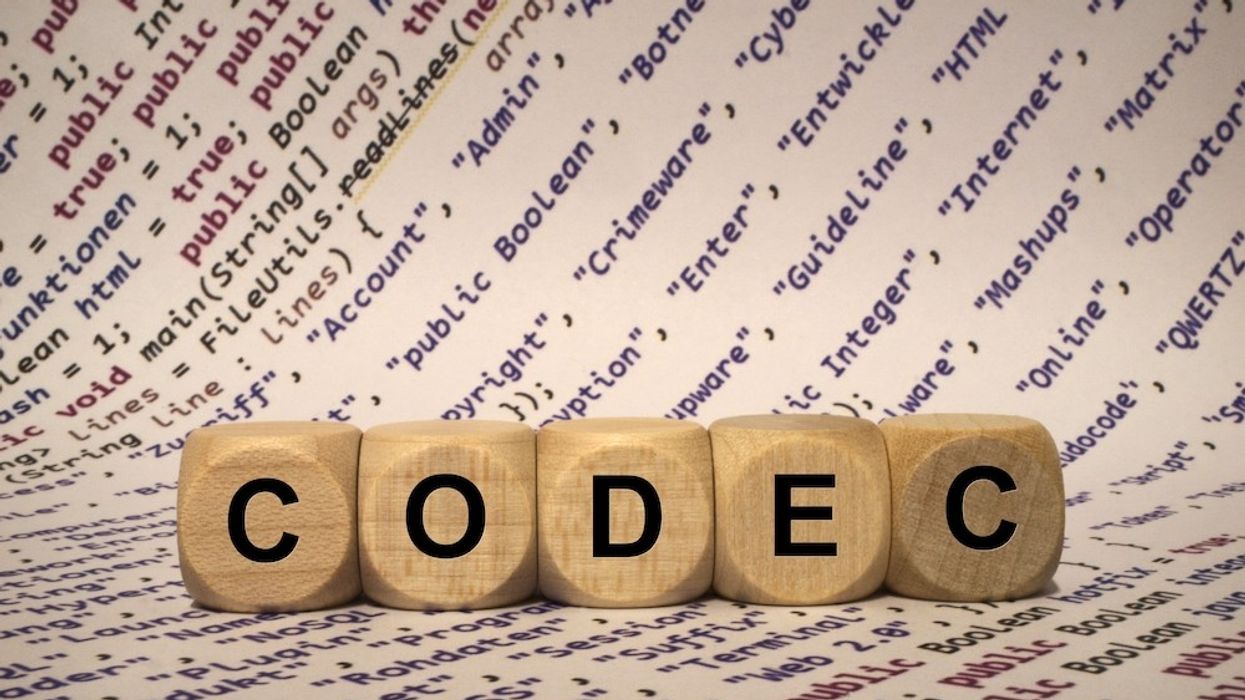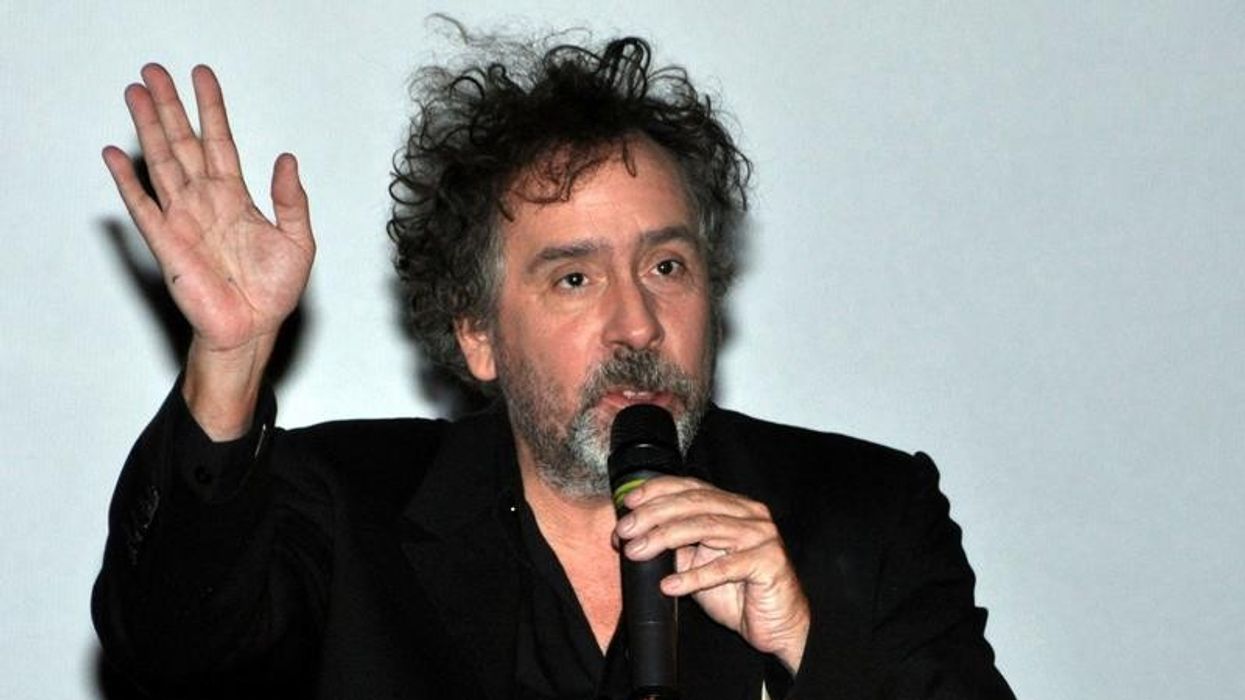3 New Codecs Are Coming in 2020. What Does it Mean for Creators?
New MPEG codecs are expected to arrive by the end of the year. What will they do for filmmakers?

The Moving Pictures Expert Group (MPEG) plans to launch 3 different codecs in 2020, its last being HEVC (H.265/MPEG-H) back in 2013. Prior to that, AVC (H.264/MPEG-4 AVC) was launched in 2003. Both codecs have become an integral part of image capture and final delivery.
Since then, Apple has released ProRes in 2007 and ProRes RAW in 2018. Not to be left out, we are all familiar with the available RAW or wide color gamut formats from ARRI, Blackmagic Design, Canon, RED, Sony, and others. These are generally preferred by filmmakers for a variety of reasons including the versatility in color grading.
The new MPEG codecs include Versatile Video Coding (VVC), Essential Video Coding (EVC), and Low Complexity Enhancement Video Coding (LCEVC). Will any of them benefit creators? Let's dive into each and find out.
Versatile Video Coding (VVC)
Versatile Video Coding, also known as H.266 or MPEG-I Part 3, is the next traditional MPEG-I codec. VVC is being jointly developed by MPEG and the ITU. The requirements behind the codec will include a 30% (or more) lower bit-rate over HEVC (H.265/MPEG-H) without the loss of quality. If accurate, that's a big improvement in file size.
On an iPhone, 60-seconds of 4K 30p HEVC footage takes up 170MB. The equates to roughly 1GB for every 6 minutes of footage or 10GB/hour. Theoretically, VVC would be 119MB for 60 seconds of 4K 30p footage. So 1GB for every 9 minutes or 6.5GB/hour. 3.5GB in saved storage space is a lot.
How VVC compresses video is similar to HEVC, but it improves upon its partitioning, prediction, and entropy coding, among others. VVC is expected to support immersive content, resolutions from 4K to 16K, and 360° video. Developers are also aiming to support visually lossless compression and lossless compression as well.
VVC is supposed to support:
- Picture formats from VGA to 8K x 4K
- YCbCr color spaces with 4:2:0 sampling, 10-bit
- YCbCr/RGB 4:4:4 and YCbCr 4:2:2
- Auxiliary channels (transparency, depth, etc.)
- High dynamic range (HDR) and wide color gamut
- Bit depths up to 16 bits per component
- Fixed and variable frame rates
- Progressive scanning
VVC requires hardware, so it will take some time before it's implemented into cameras and other devices, if at all. What's unclear is the cost of the licensing. While HEVC (H.265/MPEG-H) has better compression over AVC (H.264/MPEG-4 AVC), without going into too much detail, HEVC licensing is complex. It's why we don't see HEVC being implemented everywhere. There's a lot of red tape and IP holders to pay.
VVC is aiming to avoid this. Will it happen? We'll have to wait and see. The codec is intended to be rolled out by the end of 2020.
Essential Video Coding (EVC)
Essential Video Coding, also known as MPEG-5 EVC, is an alternative to HEVC (H.265/MPEG-H) and AVC (H.264/MPEG-4 AVC), but with coding efficiency similar to HEVC. MPEG-5 EVC could become a 4K alternative codec.
EVC can be looked at as a workaround to the complex HEVC licensing. It offers two profiles, a baseline that is free, and a main profile with enhanced tools that requires a license. The baseline profile includes technology that's more than 20 years old (free of patents) or is royalty-free. The main profile is isolated from the baseline profile and can be switched off to avoid licensing issues. It seems like a win-win, but it's still uncertain how much the main profile royalties will cost. However, it's supposed to be a simpler process than HEVC licensing.
As for compression performance, the baseline profile at 10-bit aims to be as good as AVC High 10, while the main profile is expected to provide similar results to HEVC Main 10. Tests show the baseline profile of MPEG-5 EVC offers the same quality of H.264 at bit rate savings of roughly 31%. Its main profile is delivering a 26% rate reduction over HEVC.
EVC is supposed to support:
- Picture formats from VGA to 8K x 4K
- YCbCr color spaces with 4:2:0 sampling, 10-bit
- YCbCr/RGB 4:4:4 and YCbCr 4:2:2
- High dynamic range (HDR) and wide color gamut
- Bit depths up to 16 bits per component
- Fixed and variable frame rates
- Progressive scanning
MPEG-5 EVC does require hardware to be implemented, so it will take time before we see it become part of workflows. It's expected to be released in early 2020.
Low Complexity Enhancement Video Coding (LCEVC)
LCEVC is part of MPEG-5 standards, but it approaches encoding differently. Its main target is users in the live streaming space, so sports, news, Twitch, YouTube, immersive video, etc. The company V-Nova is developing MPEG-5 LCEVC and it's intention is to be applied at the platform level, however, it can be applied to a video codec at any stage of the workflow. It is worth noting it's not a scalable codec.
What LCEVC does is it takes an existing codec – AVC, HEVC, VVC, EVC, etc – and improves the overall performance of the encoder. It's an add-on codec, not an alternative. You can look at it like upgrading to a large fry and large drink when ordering a value meal. The value meal is the base codec. The upgrade to the larger sides is LCEVC. But with LCEVC actual file sizes are not larger.


LCEVC is supposed to support:
- Picture formats from VGA to 8K x 4K
- YCbCr color spaces with 4:2:0 sampling, 10-bit
- YCbCr/RGB 4:4:4 and YCbCr 4:2:2
- High dynamic range (HDR) and wide color gamut
- Bit depths up to 16 bits per component
- Fixed and variable frame rates
- Progressive scanning
LCEVC doesn't require additional hardware to be implemented into existing systems or platforms. Its goal is to enhance other codec standards, and therefore can be implemented on a software or application level as a company sees fit. V-Nova has yet to set licensing costs. It's expected to be released by mid-2020.
What does it mean for creators?
VVC, EVC, and LCEVC show promise. Especially LCEVC in the live streaming space. How it trickles down to creators all depends on capitalism. If the royalties are too costly, companies like ARRI, Blackmagic Design, Canon, Nikon, Panasonic, RED, Sony, and others, will probably not implement them. Most of those companies have or are developing RAW or wide color gamut profiles, which is preferred by filmmakers over a compressed codec like H.265, H.264, or the new VVC (H.266).
However, the prospect of VVC (H.266) is inciting. Its image quality could be on par, if not better, than ProRes 4444 since there are little to no noticeable differences in image quality with H.265 at higher bit-rates. Currently, H.265/H.264 makes it possible to easily stream 4K video over a 4G network or a relatively slow internet connection. H.266 could drastically improve upon it.
For color grading, RAW and ProRes will be the codec of choice because of its latitude over H.265/ H.264, but it will be interesting to test how much heavier H.266 will be on CPU performance. While there is not an improvement in image quality when transcoding H.265/ H.264 to ProRes, it makes it easier to edit. Maybe H.266 will eliminate the need to transcode entirely.














